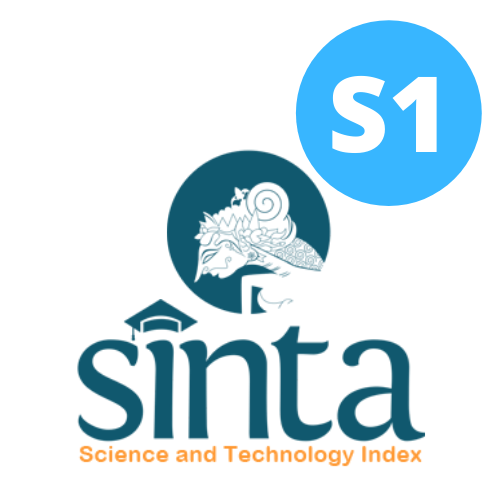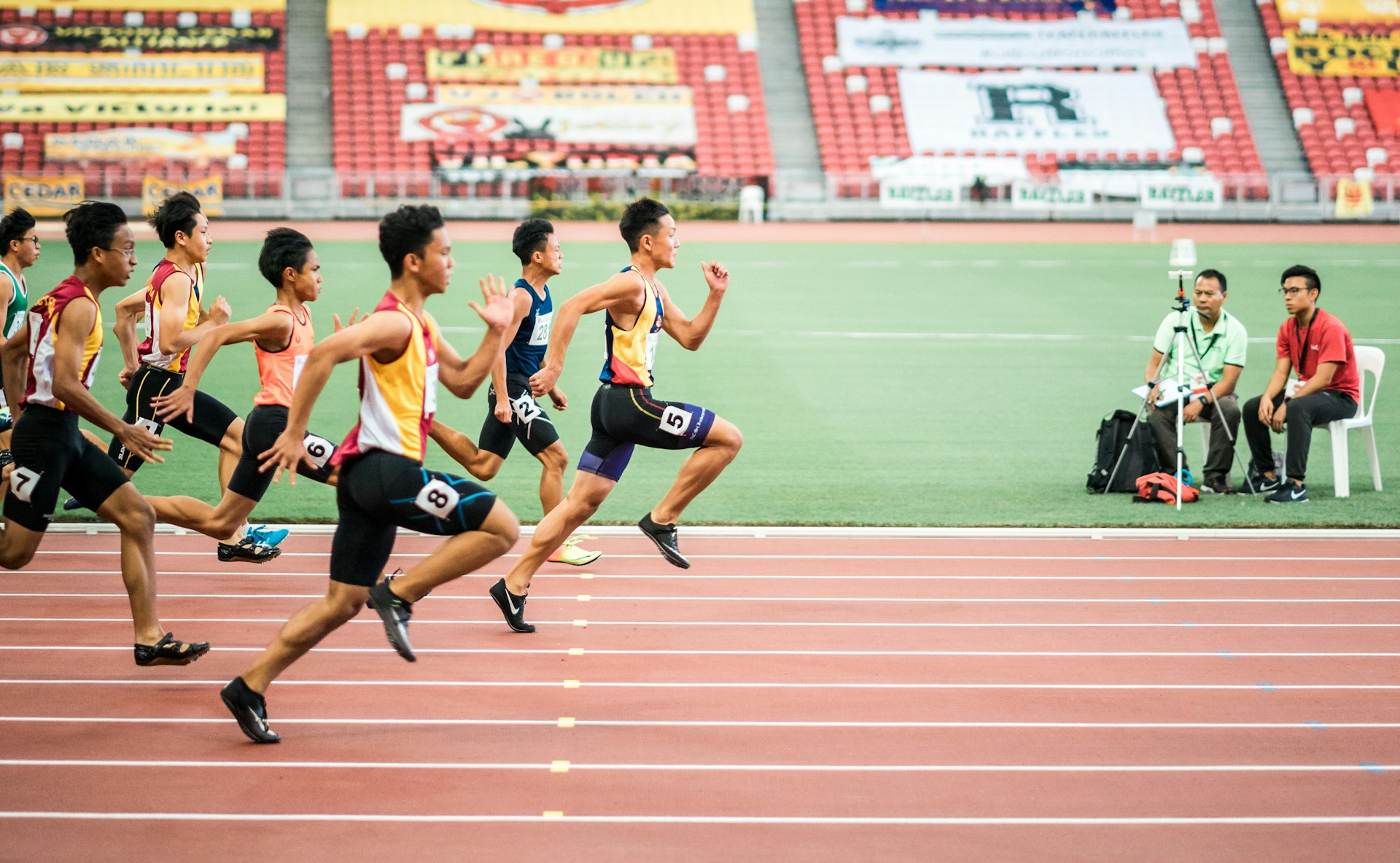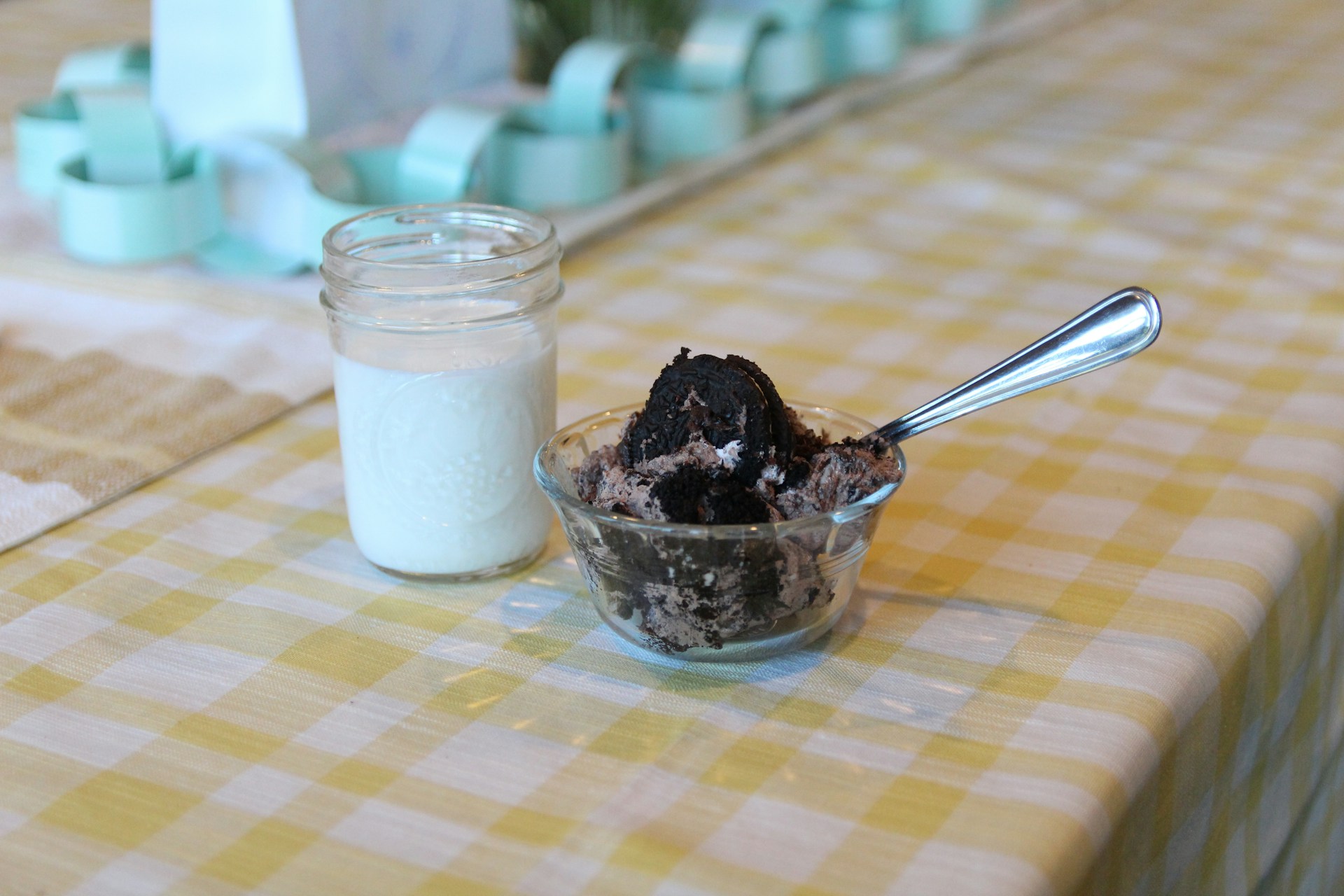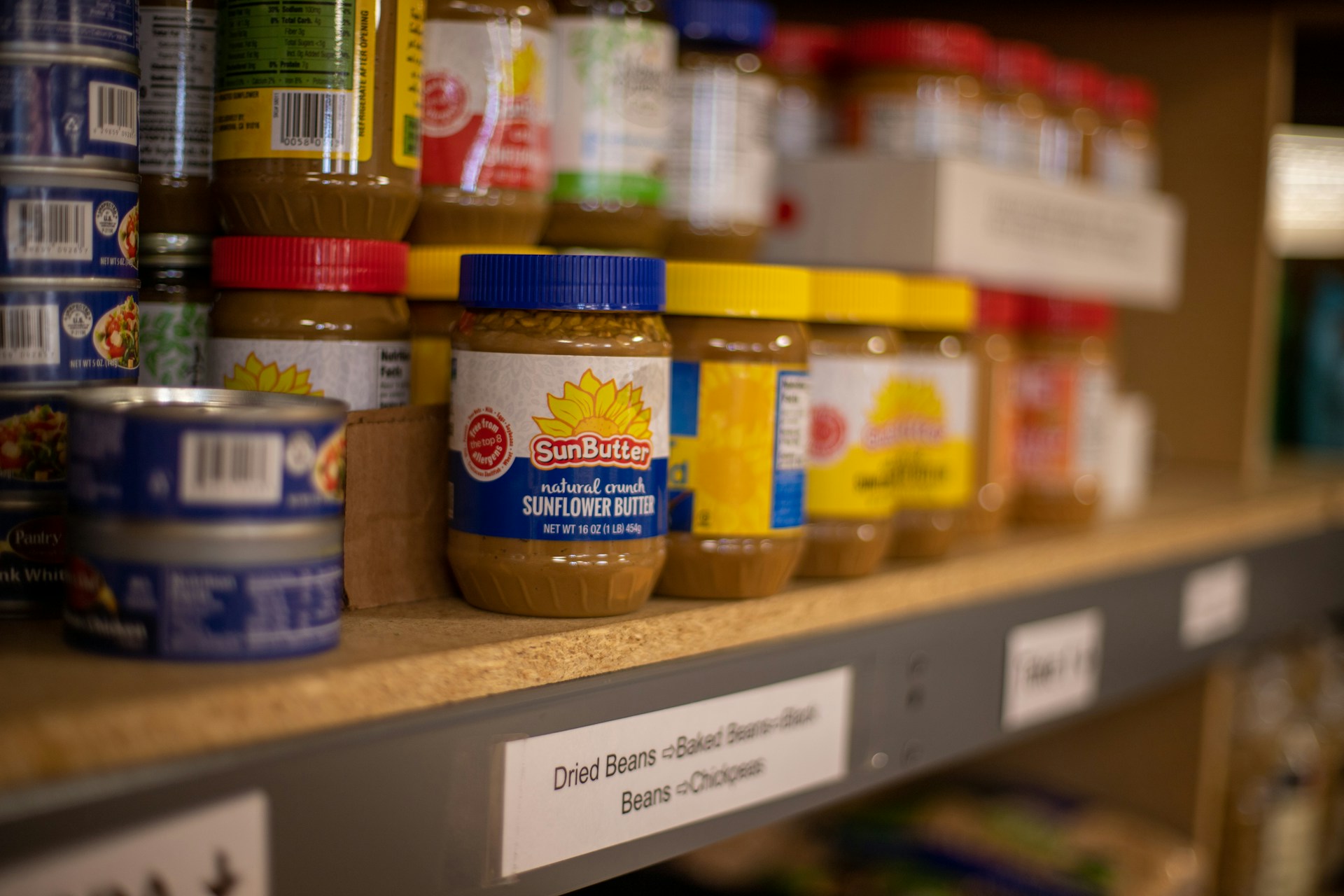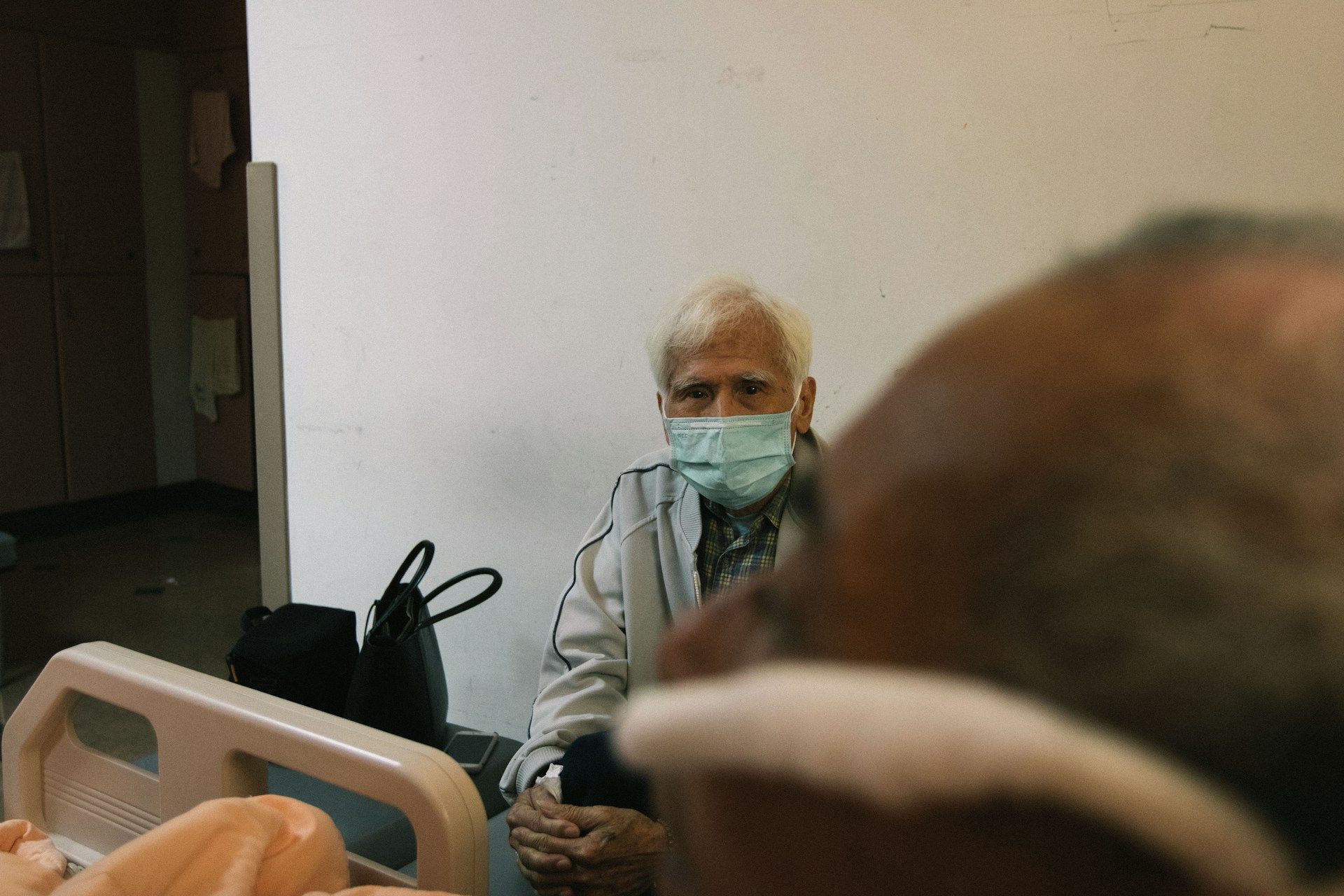Optimasi Formula Wedang Uwuh Berbasis Rosella Merah sebagai Minuman Fungsional
Downloads
Latar Belakang:Kebiasaan mengkonsumsi herbal dan rempah-rempah tinggi antioksidan dalam sediaan jamu tradisional telah dilakukan secara luas, tetapi tidak semua masyarakat menyukai jamu tradisional. Salah satu alternatif untuk meningkatkan konsumsi minuman fungsional tinggi antioksidan yaitu dengan melakukan formulasi aneka herbal dengan komposisi rosella, secang, kayu manis dan cengkeh. Pemilihan bahan tersebut selain sebagai upaya diversifikasi, juga diharapkan dapat bersinergi meningkatkan karakteristik sensori.
Tujuan: Mendapatkan formula optimal wedang uwuh berbasis rosella merah sebagai minuman fungsional.
Metode: Optimasi formula wedang uwuh berbasis rosella menggunakan metode Response Surface Methodology (RSM) dengan variabel bebas yaitu serbuk kelopak rosella merah, serbuk secang, serbuk kayu manis, dan serbuk cengkeh. Respon yang digunakan yaitu aktivitas antioksidan metode DPPH, total fenol dan total flavonoid. Formula optimal selanjutnya diuji dengan ketiga parameter tersebut menggunakan spektrofotometer.
Hasil:Formula optimal yang diperoleh berdasarkan analisis RSM yaitu serbuk kelopak rosella merah 1,891 gr, serbuk kayu secang 1,34, serbuk kayu manis 0,206 dan serbuk cengkeh 0,063 dengan nilai desirability 1. Aktivitas antioksidan formula tersebut setelah dilakukan verifikasi yaitu 37,007 ± 0,0466 mg TE/g, total fenol 40,9542 ± 0,0634 mg GAE/g dan total flavonoid 19,842 ± 0,488 mg QE/g.
Kesimpulan: Tidak adanya perbedaan yang signifikan antara nilai prediksi dan verifikasi terhadap ketiga respon sehingga formulasi yang disarankan oleh optimasi mixture design pada design expert baik untuk diterapkan.
Valavanidis, A. & Haralambous, E. A comparative study by electron paramagnetic resonance of free radical species in the mainstream and sidestream smoke of cigarettes with conventional acetate filters and ‘bio-filters'. Redox Rep. 6, 161–171 (2001).
Ajiboye, T. O. et al. Antioxidant and drug detoxification potentials of Hibiscus sabdariffa anthocyanin extract. Drug Chem. Toxicol. 34, 109–115 (2011).
Ulilalbab, A. & Maskanah, E. Mencegah Kenaikan LDL Serum Sprague dawley yang Dipapar Minyak Jelantah dengan Perlakuan Pemberian Seduhan Kelopak Rosella Merah. J. Kedokt. dan Kesehat. 8, 2–4 (2021).
Ulilalbab, A. & Maskanah, E. Pemberian Serbuk Kelopak Rosella Merah yang Diseduh Mampu Mencegah Penurunan HDL Pada Sprague dawley yang Dipapar Jelantah. J. Ilmu Kefarmasian Indones. 19, 262–265 (2021).
Ulilalbab, A., Wirjatmadi, B. & Adriani, M. Ekstrak Kelopak Rosella Merah Mencegah Kenaikan Malondialdehid Tikus Wistar yang Dipapar Asap Rokok. J. Ilmu Kefarmasian Indones. 13, 215–220 (2015).
Ulilalbab, A. & Maskanah, E. Red Rosella (Hibiscus sabdariffa Linn.) Petal Brew is Able to Reduce the Sprague Dawley MDA Rate in Rats Exposed to Waste Cooking Oil. Folia Medica Indones. 54, 167 (2018).
Ulilalbab, A., Wirjadmadi, B. & Adriani, M. Ekstrak Kelopak Rosella Merah (Hibiscus sabdariffa Linn.) Mampu Memperbaiki Histopatologi Hepar Tikus Wistar yang Diberi Paparan Asap Rokok. J. Kesehat. Andalas 6, 696 (2018).
Septian Emma Dwi Jatmika, Kintoko, K. I. Inovasi Wedang Uwuh Yang Memiliki Khasiat Untuk Penderita Hipertensi Dan Diabetes Melitus. J. Ris. Drh. 55–71 (2017).
BPOM. Peraturan Kepala BPOM RI nomor HK 00.05.52.0685. Peratur. Kepala Badan Pengawas Obat dan Makanan Republik Indones. 1–13 (2005).
Thaipong, K., Boonprakob, U., Crosby, K., Cisneros-Zevallos, L. & Hawkins Byrne, D. Comparison of ABTS, DPPH, FRAP, and ORAC assays for estimating antioxidant activity from guava fruit extracts. J. Food Compos. Anal. 19, 669–675 (2006).
Veena Sharma, R. P. Available Online Through Phytochemical Analysis and Evaluation Of Antioxidant Activities Of Hydro-Ethanolic Extract Of Moringa oleifera Lam. Pods. J. Pharm. Res. 4, 2–5 (2011).
Afroz, R. et al. DNA Damage Inhibition Properties of Sundarban Honey and its Phenolic Composition. J. Food Biochem. 40, 436–445 (2016).
Adaramola, B. & Onigbinde, A. Effect of Extraction Solvent on the Phenolic Content, Flavonoid Content and Antioxidant Capacity Of Clove Bud Organic /Analytical Chemistry View project Food Chemistry View project Effect of Extraction Solvent on the Phenolic Content, Flavonoid Content an. IOSR J. Pharm. Biol. Sci. 11, 33–38 (2016).
Chaieb, K. et al. Antioxidant properties of the essential oil of Eugenia caryophyllata and its antifungal activity against a large number of clinical Candida species. Mycoses 50, 403–406 (2007).
Khristi, V., Elias, J., Dave, N. & Patel, V. Gene Expression Analysis of Anti-oxidative Enzymes in Yeast against Oxidative Stress in Presence of Cinnamomum zeylanicum. Res. J. Pharm. Biol. Chem. Sci. 5, 1387–1396 (2014).
Rao, P. V. & Gan, S. H. Cinnamon: A multifaceted medicinal plant. Evidence-based Complement. Altern. Med. 2014, (2014).
Neswati, N. & Ismanto, S. D. Ekstraksi Komponen Bioaktif Serbuk Kayu Secang (Caesalpinia sappan, L) dengan Metode Ultrasonikasi. J. Teknol. Pertan. Andalas 22, 187–194 (2018).
Yemirta. Identifikasi Kandungan Senyawa Antioksidan dalam Kayu Secang (Caesalpinia sappan). J. Kim. dan Kemasan 32, 41–46 (2010).
Kimestri, A. B., Indratiningsih & Widodo. Microbiological and physicochemical quality of pasteurized milk supplemented with sappan wood extract (Caesalpinia sappan L.). Int. Food Res. J. 25, 392–398 (2018).
Nadu, T. in Vitro Study on Antioxidant Activity and Phytochemical Analysis of Caesalpinia Sappan. Int. J. Institutional Pharm. Life Sci. 1, 31–39 (2011).
Miksusanti, Elfita & Hotdelina, S. Aktivitas Antioksidan dan Sifat Kestabilan Warna Campuran Ekstrak Etil Asetat Kulit Buah Manggis (Garcinia mangostana L.) dan Kayu Secang (Caesalpinia sappan L.). J. Penelit. Sains 15, 60–69 (2012).
Wu, H., Yang, K. & Chiang, P. Roselle Anthocyanins : Antioxidant Properties and Stability to Heat and pH. 23, 1–15 (2018).
Al-hashimi, A. G. Antioxidant and antibacterial activities of Hibiscus sabdariffa L. extracts. African J. Food Sci. 6, 506–511 (2012).
Liu, K., Tsao, S. & Yin, M. In Vitro Antibacterial Activity of Roselle Calyx and Protocatechuic Acid. Phyther. Res. 19, 942–945 (2005).
Bono, A., Sarbatly, R., Kaluvan, S., Rajin, M. & Krishnaiah, D. Effect of mixture components on the properties of MUF resin. Int. J. Phys. Sci. 3, 045–049 (2008).
Borhan, F. P., Abd Gani, S. S. & Shamsuddin, R. The use of D-optimal mixture design in optimising okara soap formulation for stratum corneum application. Sci. World J. 2014, (2014).
Woitiski, C. B., Veiga, F., Ribeiro, A. & Neufeld, R. Design for optimization of nanoparticles integrating biomaterials for orally dosed insulin. Eur. J. Pharm. Biopharm. 73, 25–33 (2009).
Mirhosseini, H., Tan, C. P., Taherian, A. R. & Boo, H. C. Modeling the physicochemical properties of orange beverage emulsion as function of main emulsion components using response surface methodology. Carbohydr. Polym. 75, 512–520 (2009).
Raissi, S. & Farsani, R. E. Statistical process optimization Through multi-response surface methodology. World Acad. Sci. Eng. Technol. 39, 280–284 (2009).
Copyright (c) 2022 Amerta Nutrition

This work is licensed under a Creative Commons Attribution-ShareAlike 4.0 International License.
AMERTA NUTR by Unair is licensed under a Creative Commons Attribution-ShareAlike 4.0 International License.
1. The journal allows the author to hold the copyright of the article without restrictions.
2. The journal allows the author(s) to retain publishing rights without restrictions
3. The legal formal aspect of journal publication accessibility refers to Creative Commons Attribution Share-Alike (CC BY-SA).
4. The Creative Commons Attribution Share-Alike (CC BY-SA) license allows re-distribution and re-use of a licensed work on the conditions that the creator is appropriately credited and that any derivative work is made available under "the same, similar or a compatible license”. Other than the conditions mentioned above, the editorial board is not responsible for copyright violation.








